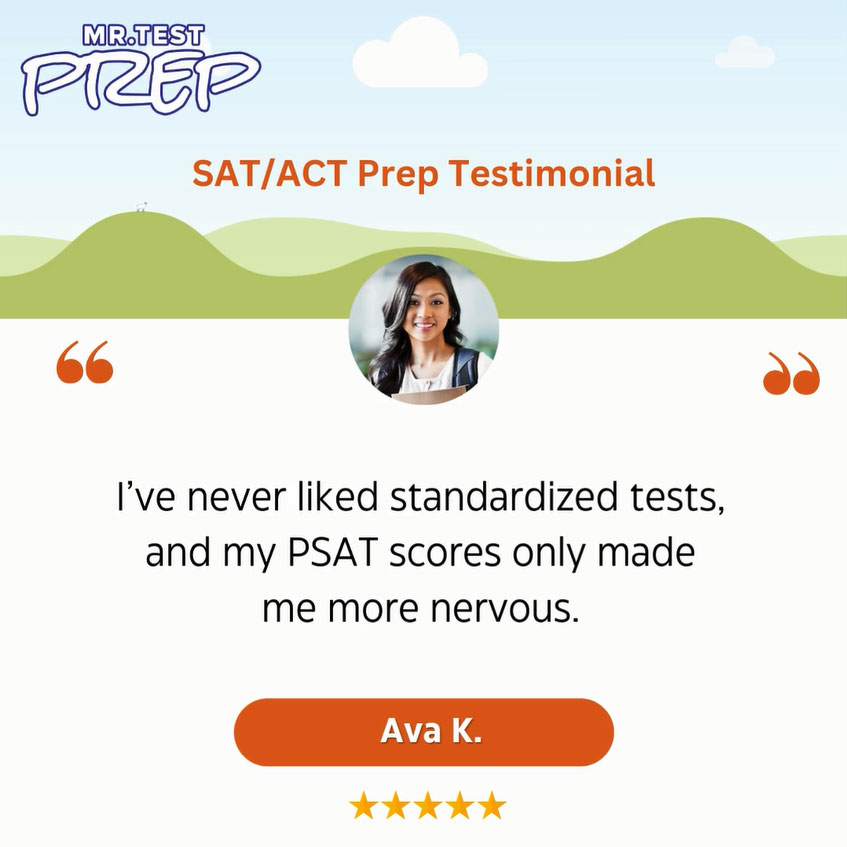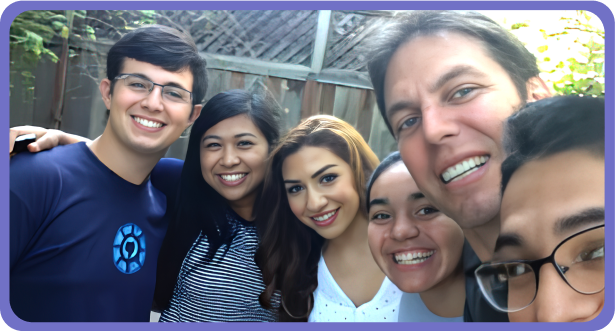
The SAT writing section can be a daunting challenge, but you’re not alone in your journey to mastering it. Understanding and avoiding common pitfalls can make a significant difference in your scores, and we’re here to help you navigate through this process with ease. Imagine preparing for a big game; knowing the rules and practicing them with clear strategies is key to success. Similarly, your goal is to embrace practical writing techniques that not only sharpen your skills but also boost your confidence before the big test day. Our expert tips aim to transform your anxiety into a masterpiece of written expression, helping you build the strong foundation needed to score effectively.
Table of Contents
– Common SAT Writing Mistakes You Need to Fix Now
– Expert Writing Section Strategies for Better Scores
– Build Confidence with Strong Test Habits and Tactics
– Achieve SAT Success: Simple Steps for Writing Clarity
Common SAT Writing Mistakes You Need to Fix Now
Tackling the SAT writing section begins with recognizing and fixing some of the most common mistakes students make. First on the list is subject-verb agreement errors. Picture it like a dance; your subjects and verbs must rhythmically match in number. If your subject is singular, your verb should be too—just like dancing in perfect sync with your partner. Misplaced modifiers are another challenge that can trip you up. Imagine describing a scene from a movie; placing descriptive words near what they modify ensures clear storytelling. Keep those modifiers close for clarity and coherence. Incomplete comparisons can also confuse. It’s like saying, “My chocolate cake is better,” but better than what? Always complete your comparisons to convey your intended meaning clearly. Run-on sentences might seem like an attempt to cram all your ideas in one go, but they often lead to confusion. Think of each sentence as a bite-sized thought; using punctuation allows you to savor each idea without getting overwhelmed. Finally, parallel structure issues can disrupt the flow of your writing. Consider a list of chores: vacuuming, dusting, and to wash dishes feels awkward because it mixes forms. Consistency in structure ensures your ideas are delivered smoothly and efficiently, just like a well-rehearsed marching band.
Expert Writing Section Strategies for Better Scores
Mastering the SAT writing section is not just about identifying mistakes—it’s about leveraging effective strategies to showcase your skills. Let’s kick off this journey with understanding prompt requirements. Think of it as the GPS guiding your writing; clarity about what’s being asked ensures you stay on course. Next, focus on varied sentence structures. Just like adding spices to a dish, varying sentence forms enriches your writing, keeping it engaging and dynamic. Short, punchy sentences can emphasize key points, while longer ones allow depth and description. Address common errors with strategic proofreading. Scan your essay like a detective seeking clues—this helps catch those pesky syntax and grammar slip-ups. Having a keen eye is your best tool for crafting polished and precise essays. Logical argument construction is essential. Picture your essay as a building; a solid thesis is the foundation, while clear arguments act as the supporting beams. Ensure each argument flows logically from one to the next, leading your reader effortlessly through your points. Lastly, practice concise writing techniques. Imagine words as precious jewels—use them thoughtfully and with purpose. Cutting unnecessary fluff and redundancy ensures your arguments are as sharp and compelling as they can be, ultimately boosting your confidence and your scores.
Build Confidence with Strong Test Habits and Tactics
Building confidence for the SAT involves cultivating strong test habits and employing effective tactics. Start by creating a consistent study schedule. Regular practice is like watering a plant; steady, attentive care leads to growth and strength. Use SAT writing practice resources to hone your skills and become familiar with the test format. Mindfulness is another powerful tool. Incorporate short meditation exercises to calm your mind before diving into practice. It’s similar to athletes who visualize success before a big event—taking a moment to breathe can help reduce test anxiety and sharpen your focus. Develop the habit of detailed essay planning. Think of your essay as a journey; a clear roadmap helps ensure you reach your destination smoothly. Spend a few minutes structuring your argument, deciding on your thesis, and outlining your main points before you start writing. Practice writing under timed conditions to mimic test scenarios. Time management is crucial during the exam, and getting comfortable with deadlines can build your confidence. Like running through a dress rehearsal, practicing how you’ll perform on test day can make a significant difference. Finally, embrace positivity and self-belief. Encouragement can be your best ally. Remember, your hard work and preparation are your ticket to achieving the scores you’re aiming for. Celebrate small successes along the way, and trust in your ability to excel.
Achieve SAT Success: Simple Steps for Writing Clarity
Achieving clarity in your SAT writing is key to leaving a strong impression. Start with crafting a clear thesis statement. Think of it as the lighthouse guiding your reader through the fog of your essay. It sets the direction and keeps your argument focused. Organization and structure come next. Visualize your essay like a well-organized closet; everything has its place, making it easy to find what you need. Begin each paragraph with a strong topic sentence and ensure each subsequent sentence supports it, building cohesively toward your conclusion. Enhance your vocabulary usage to communicate ideas effectively. A well-chosen word acts like a spotlight, illuminating your ideas with precision and flair. However, remember to balance sophistication with clarity—overcomplicating can obscure meaning. Proofreading is the final polish before showcasing your work. Approach it like a final dress check before a big event. Look for inconsistencies in grammar, punctuation, and logical flow, ensuring nothing detracts from the essay’s impact. Lastly, practice consistency in writing tone and style. Your voice should be as consistent as a steady heartbeat, providing rhythm and reliability throughout your essay. This uniformity makes your argument more persuasive and your writing style more professional. With these steps, you’re well on your way to composing essays that shine with clarity and purpose.
Conclusion
Mastering the SAT writing section is within your reach when you understand common mistakes and employ strategic practices. By focusing on clarity, variety, and confidence-building, you can transform potential weaknesses into strengths. Remember, preparation isn’t just about hard work; it’s about smart strategies that highlight your abilities. Use the techniques and tips shared here to guide your preparation. Whether it’s eliminating subject-verb errors, refining your thesis, or cultivating mindfulness, each step brings you closer to your goal. Embrace these strategies, trust in your progress, and you’ll find yourself approaching test day with renewed assurance. Your journey to achieving outstanding SAT writing scores begins today—believe in your potential and take each step confidently.
FAQs
Q: What are the most common SAT writing mistakes to watch out for?
A: Common mistakes include subject-verb agreement errors, misplaced modifiers, run-on sentences, and issues with parallel structure. Addressing these can greatly improve your writing clarity.
Q: How can I effectively manage my time during the SAT writing section?
A: Practice under timed conditions to get comfortable with the pace. Plan your essay quickly but thoroughly, allowing time for proofreading to catch errors and refine your arguments.
Q: What strategies can help reduce test anxiety before the SAT?
A: Regular practice, mindfulness exercises, and building a positive mindset can all help. Visualize success and prepare thoroughly to become more confident in your abilities.
What is Next?
If you’re looking to enhance your test preparation, consider the benefits of personalized guidance. Sign up for a 2-hour free trial session with Mr. Test Prep. This online session is an opportunity to experience tailored SAT strategies without the homework burden. Mr. Test Prep focuses on building your confidence and incorporates mindfulness practices, like short meditations, to help ease test anxiety. With over 25 years of experience, he offers a unique score satisfaction guarantee, allowing you to continue classes at no extra cost if you’re not completely satisfied with the test results. Check out Mr. Test Prep’s testimonials to see how this supportive approach can help boost your SAT performance. Your journey toward SAT success starts with one supportive step—sign up today!





